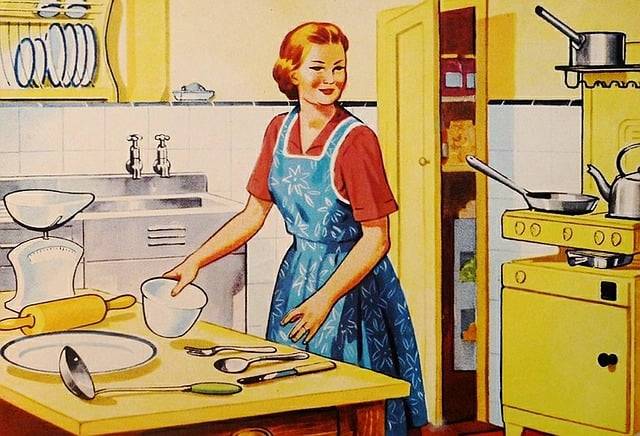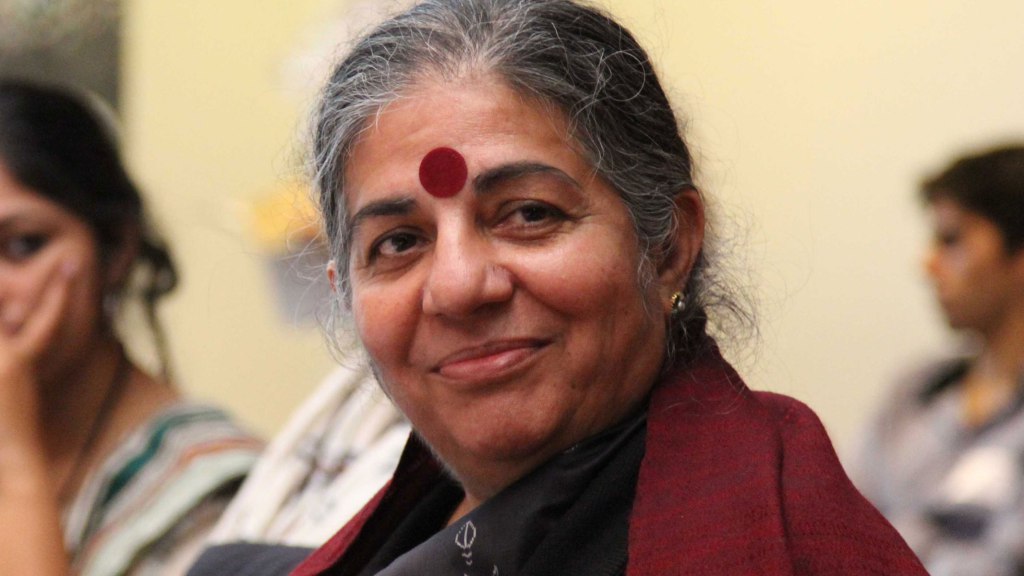
The rapid changes that followed the industrialization era in Europe (1750-1850) are reflected in the clear distinctions drawn between the public and the private spheres. The idea of Victorian morality, portrayed women as the embodiment of traditional values. The most effective way of shaping the new ideals of femininity was its propagation through secular and religious literature. Women’s magazines and advice books targeting women had widespread circulation by the second half of the nineteenth century. However, women belonging to the upper and middle class were largely its consumers, as they were the ones who had access to education and the leisure time to read as well. The women from the lower strata of the social order had to join the workforce to earn a living. Therefore, the cult of true womanhood and the characteristic features of an ideal woman were largely appropriated by the privileged sections of society to distinguish themselves, underscoring the binary of “good” and “bad” women.

The Notion of an ‘Ideal Woman’
Ideal womanhood was characterized by submissiveness and domesticity. It was rooted in the belief that women had to position themselves in the domestic sphere and their primary responsibility was to cater to the household chores. The Young Ladies’ Class Book: A Selection of Lessons for Reading in Prose and Verse, published in the USA in 1831 asserted, “the domestic fireside is the great guardian of society against the excesses of human passions.” In the Indian context also, we see a large number of books on the moulding of ‘ideal women’ emerge in the colonial era. It was spearheaded by the newly emergent Indian middle class to defend its women and its tradition (coalesced into one) from colonial intrusion. Judith E. Walsh, in her book, Domesticity in India: What Women learned when Men gave them Advice, analysed the transnationally defined discourse on domesticity and its impact on the socio-cultural arena in colonial India. However, the focus of the author shifts from hegemony to hybridity, to examine the myriad ways in which women responded to such advice and guidebooks. Even when women were to fit themselves into the new mould, they made negotiations and realigned the power structure to retain a certain kind of agency.
Same Oppression in a New Avatar: Conformity in the Era of Likes, Comments and Subscribers
Coming to the twenty-first century, the ideals of femininity and masculinity have been challenged, re-iterated, and re-formulated in interesting ways . Social, economic, and technological advancements have given women new opportunities to identify and follow their passions and interests. Wide and easy access to good quality internet and electronic devices at an affordable rate, gave many women (if not all) a window to connect to the outside world. They have been using it as a platform to showcase their unique talents and attain financial success. The Youtube channels launched and run by women have been spectacular in giving many women, especially the ones who were restricted to the domestic sphere to complicate the binaries of private and public domain. However, even when it seems to be revolutionary, we can see that these channels catering largely to middle-class women has striking similarities to the advice books of the nineteenth century. Even when it seems liberating for a woman to upload a video about a day in her life, it remains oppressive in the sense that in certain ways it is re-iterating the age-old gender roles. The target audience of such videos also remains women, who in their respective households are meant to carry out these tasks daily. In most videos, we see the YouTuber share her tried and tested ways to efficiently carry out cooking, cleaning, and shopping, if good and attractive enough, she may gain more and more subscribers, fame, and money. There is no dearth of videos on YouTube with titles like ‘Time-Saving Homemaking Tips’, ‘Amazing Kitchen Tips’, ‘Habits for Stress-Free Homemaking’, ‘Relaxed Weekend Routine’, and ‘Motivation for Every Day Home Making’.
As mentioned, most of these channels, almost in all the regional languages in India, along with Hindi and English, are run by women for women. Although it seems to enable on one hand, it is equally limiting on the other, as it uses a new medium to recapitulate dominant norms. A glance through the comment section will show how these videos motivate women to perform their duties in a stylish and efficient manner. Is it not exactly what the old advice books were also asking for? Both these mediums focus on how women ought to be and conveniently overlook the exploitative social structure legitimising gender roles.













